Picture yourself standing on the pristine shores of the Dominican Republic, gazing out at the crystal-clear Caribbean waters. Suddenly, a magnificent creature breaches the surface, soaring high into the air before gracefully diving back into the depths. This awe-inspiring display is just one of the many wonders you can witness when you go whale watching in the Dominican Republic.
Why Observe Whale Migration in the Dominican Republic?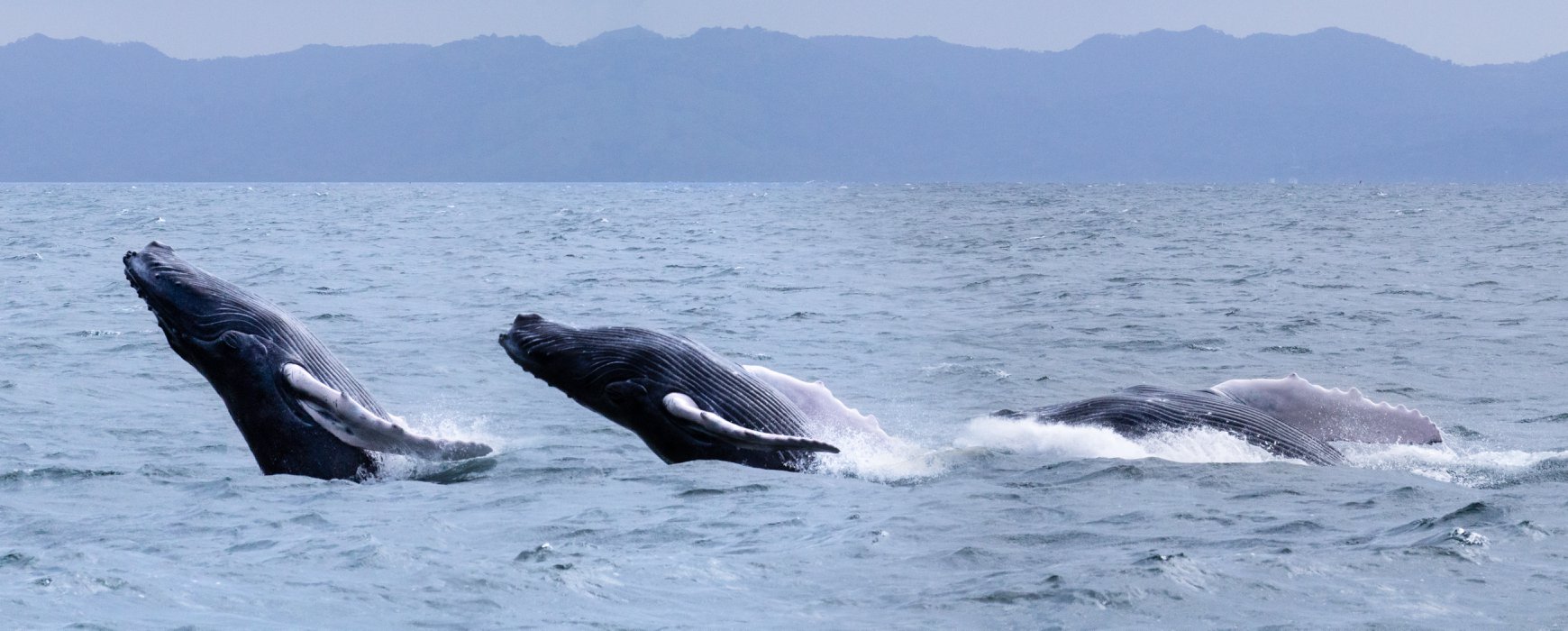
The Dominican Republic is home to one of the most remarkable natural phenomena in the world: the annual migration of humpback whales. These majestic creatures travel thousands of miles from the feeding grounds in the North Atlantic to the warm, protected waters off the coast of the Samaná Peninsula. Here, they gather to mate, give birth, and nurse their young.
Whale watching in the Dominican Republic offers a unique opportunity to witness these incredible giants up close and personal. By observing these gentle giants in their natural habitat, you can gain a deeper appreciation for their behavior, ecology, and conservation needs.
The Best Options for Whale Watching in the Dominican Republic
When it comes to whale watching in the Dominican Republic, two primary locations stand out: Samaná and Silver Banks. The Samaná Bay, Navidad Bank, and Silver Bank are among the best spots for whale watching in the country. These areas provide the perfect conditions for the whales to mate, give birth, and nurse their young.
Whale Watching in Samaná
Samaná is undoubtedly the most popular spot for whale watching in the Dominican Republic. Boats depart daily from the vibrant harbor, venturing into the protected marine park in search of these magnificent creatures. The Samaná Bay is teeming with humpback whales during the whale season, offering a high chance of spotting these majestic creatures.
Unlike many other whale watching destinations, Samaná tours utilize larger boats that can accommodate 50+ passengers. While this means you’ll be sharing the experience with others, it also provides a sense of connection and camaraderie among fellow whale enthusiasts. The larger boats also offer an upper deck, providing the best views of the whales and the opportunity to soak in the Caribbean sun.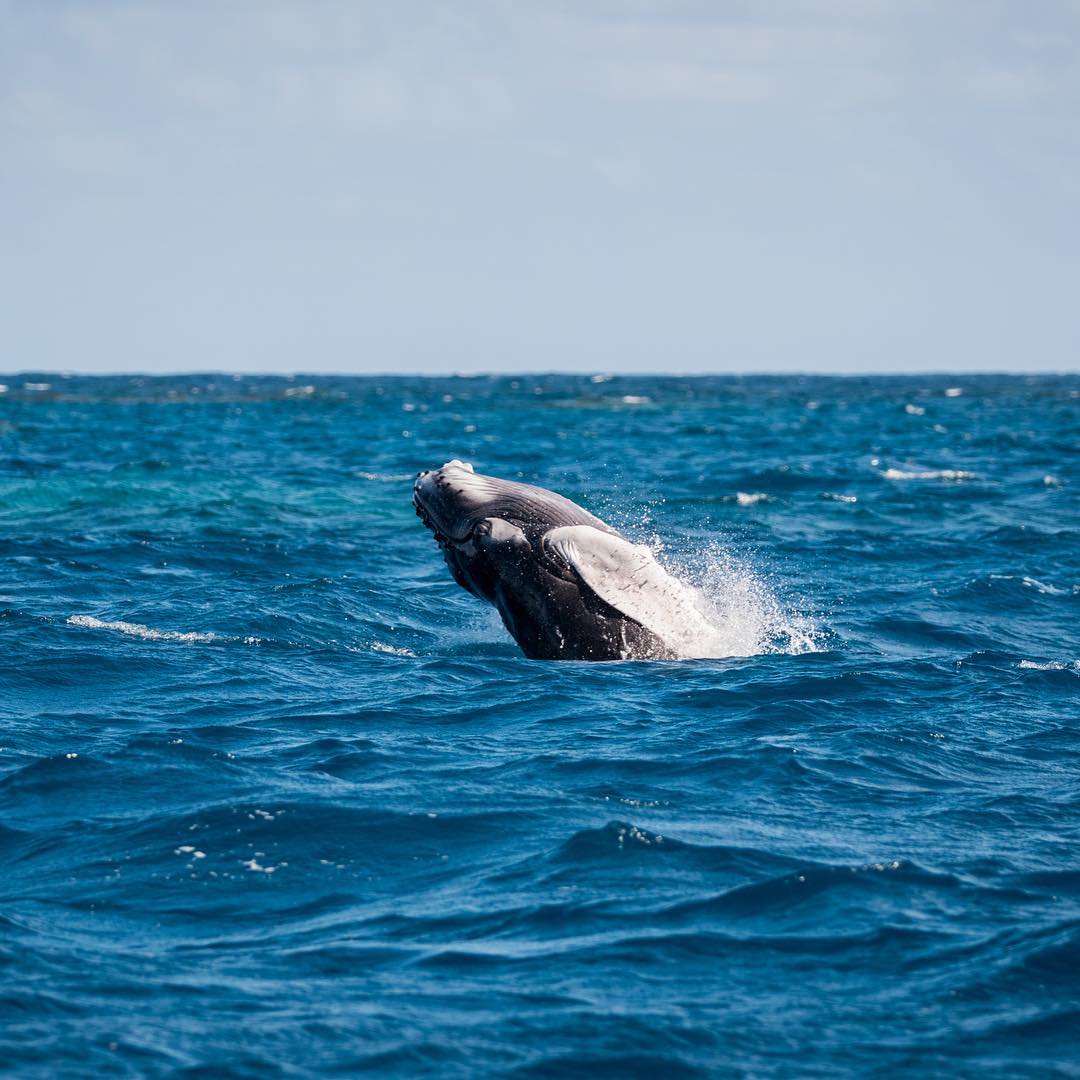
Whales in Silver Banks
For a truly immersive whale watching experience, consider embarking on a multi-day boat trip to Silver Banks. Located north of Puerto Plata, Silver Banks serves as a safe birthplace for humpback whales and offers a unique opportunity to snorkel with these gentle giants. However, this extraordinary experience comes with a hefty price tag, as seven-day excursions can cost over $4,000 per person.
What Can You Expect? My Experience
During my excursion to Samaná, I was treated to an unforgettable encounter with these magnificent creatures. As soon as we set sail, the anticipation grew, and our knowledgeable crew provided fascinating insights into the behavior and characteristics of humpback whales. We learned why these creatures choose the warm waters of the Dominican Republic for breeding and witnessed their impressive acrobatics.
As we approached the whales, the excitement on the boat reached its peak. Tails, backs, and blowholes emerged from the water, creating a spectacle that left us in awe. The sheer size and grace of these creatures were truly breathtaking. What made the experience even more special was witnessing the playful behavior of the calves, who would often jump alongside their mothers.
Throughout the tour, we also had the opportunity to explore the famous Bacardi Island (Cayo Levantado). This idyllic paradise provided the perfect backdrop for capturing stunning photographs and creating lasting memories.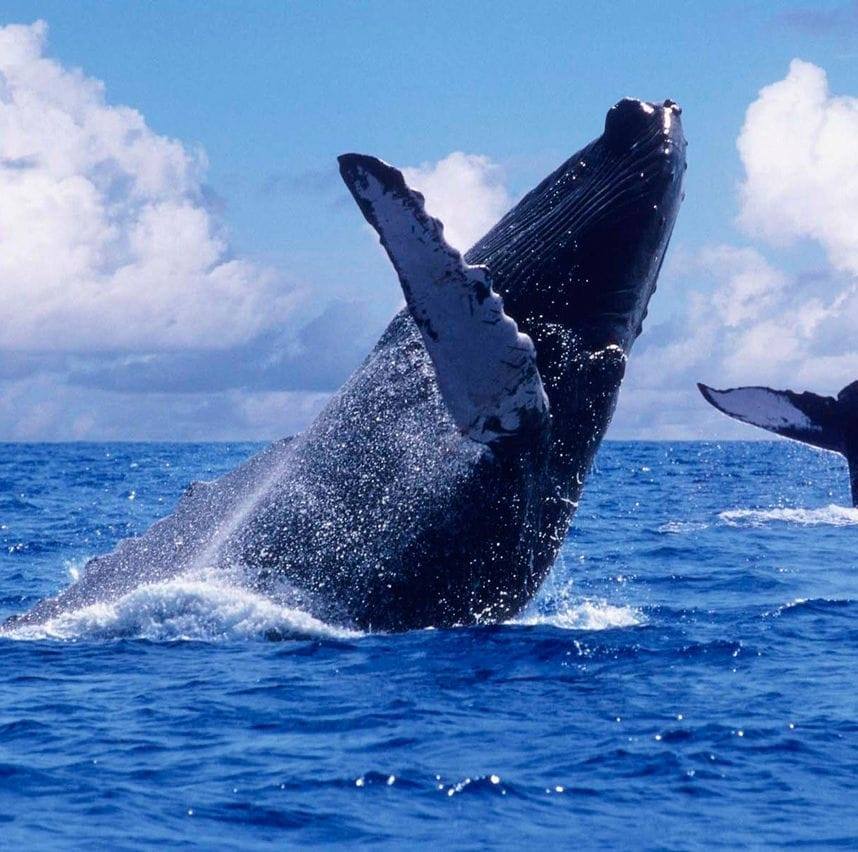
Why Humpback Whales Migrate to the Dominican Republic?
Humpback whales travel from the freezing waters of Greenland, Iceland, North America, and Canada to the warmer Dominican Republic waters. The reason? Their calves are born without enough insulating blubber to withstand the harsh Atlantic temperatures.
These whales gather in the Dominican Republic to breed and nurture their calves until they are strong enough to withstand the colder oceans. During this time, the male whales put on a remarkable show, leaping out of the water to attract the females. If the acrobatics fail, they resort to their melodious singing voice, audible only underwater.
You might also get a chance to see a mother Humpback Whale playfully interacting with her calf, a sight both heartwarming and beautiful.
Whale Tours in the Dominican Republic
To ensure your spot on a whale watching tour in the Dominican Republic, it is advisable to book in advance. Companies like GetYourGuide and Viator offer pre-booked tours with flexible cancellation policies, allowing you to secure your spot with peace of mind.
Depending on your location, there are various options available. Samaná serves as the primary departure point, but tours are also available from Punta Cana, Puerto Plata, and even Santo Domingo. Prices range from $55 per person for a Samaná tour to $150 per person for tours from Punta Cana, including transfers.
Best Time to See Whales in the Dominican Republic
The whale watching season in the Dominican Republic typically runs from mid-January to late March. During this period, the chances of spotting whales are incredibly high, as hundreds of these majestic creatures gather in the warm waters of the Samaná Bay.
If you’re unable to visit during the whale season, fear not! The Dominican Republic is home to a diverse range of marine life, including dolphins and manatees, which can be spotted year-round.
Whale Watching from Land: An Alternative Perspective
For those unable to take a boat tour, there are also opportunities for land-based whale watching. The Punta Balandra observatory offers panoramic views of the Samaná Peninsula and a chance to see humpback whales from a different perspective.
The Whale Museum in Samaná: A Must-Visit
The Museo de las Ballenas, or Whale Museum, in Samaná is a must-visit for anyone interested in these fascinating creatures. The museum houses a 40-foot humpback whale skeleton and offers a wealth of information about whales and their migration patterns.
Responsible Whale Watching: Conserving the Majestic Giants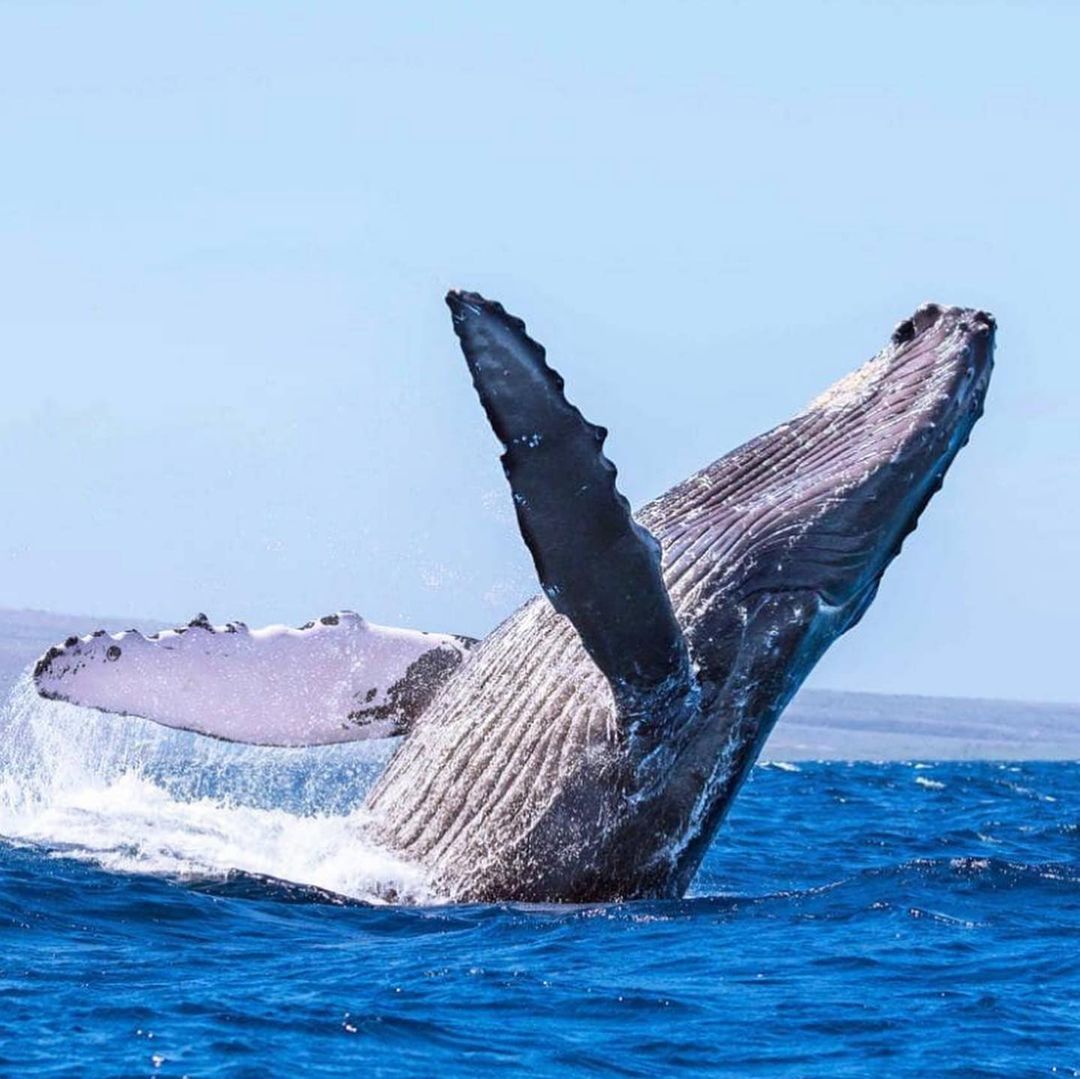
Responsible whale watching is an important aspect of this activity. In the Dominican Republic, strict regulations are in place to ensure the welfare of the whales. These rules restrict the number of whale-watching vessels and limit their proximity to the whales, ensuring minimal disturbance to these magnificent creatures.
Some Tips for Whale Watching in the Dominican Republic
To make the most of your whale watching experience in the Dominican Republic, here are a few tips to keep in mind:
- Book in advance: Due to the limited number of boats allowed in the marine park, it’s essential to book your tour early to secure your spot.
- Choose the right location: Samaná is the most popular spot for whale watching, but consider your location and the available tour options to find the best fit for your trip.
- Pack essentials: Don’t forget to bring sunscreen, a hat, sunglasses, and a camera to capture those unforgettable moments.
- Be patient: While sightings are almost guaranteed during the whale season, it may take some time to spot these magnificent creatures. Patience is key.
- Respect the whales: Remember that you are a guest in their natural habitat. Follow the instructions of your guides and maintain a respectful distance from the whales.
5 Fascinating Facts about Humpback Whales
1. Traveling Long Distances
Humpback Whales undertake an impressive journey to reach the Dominican Republic. During their annual migration to Samaná Bay, some have been recorded to swim up to four thousand miles a day.
2. Gigantic Size
Most Humpback Whales weigh about 40 tons and are as long as a bus. The largest ever recorded weighed just under 100 tons, nearly 2,000 pounds, making them extraordinarily large mammals.
3. Small Prey
Despite their colossal size, Humpback Whales feed on tiny creatures. They prefer Krill, small crustaceans resembling shrimp. Some whales eat up to one and a half tons of krill a day.
4. Melodic Singers
Humpback Whales are famous for their intricate and harmonic underwater songs. These oceanic symphonies can be heard up to 20 miles away and can last up to an hour.
5. Breaching
Humpback whales are known for their leaps out of the water, termed “breaching” by researchers. The reason behind this behavior is still up for debate. Some believe it’s for skin cleaning, while others think they simply enjoy their time in the water.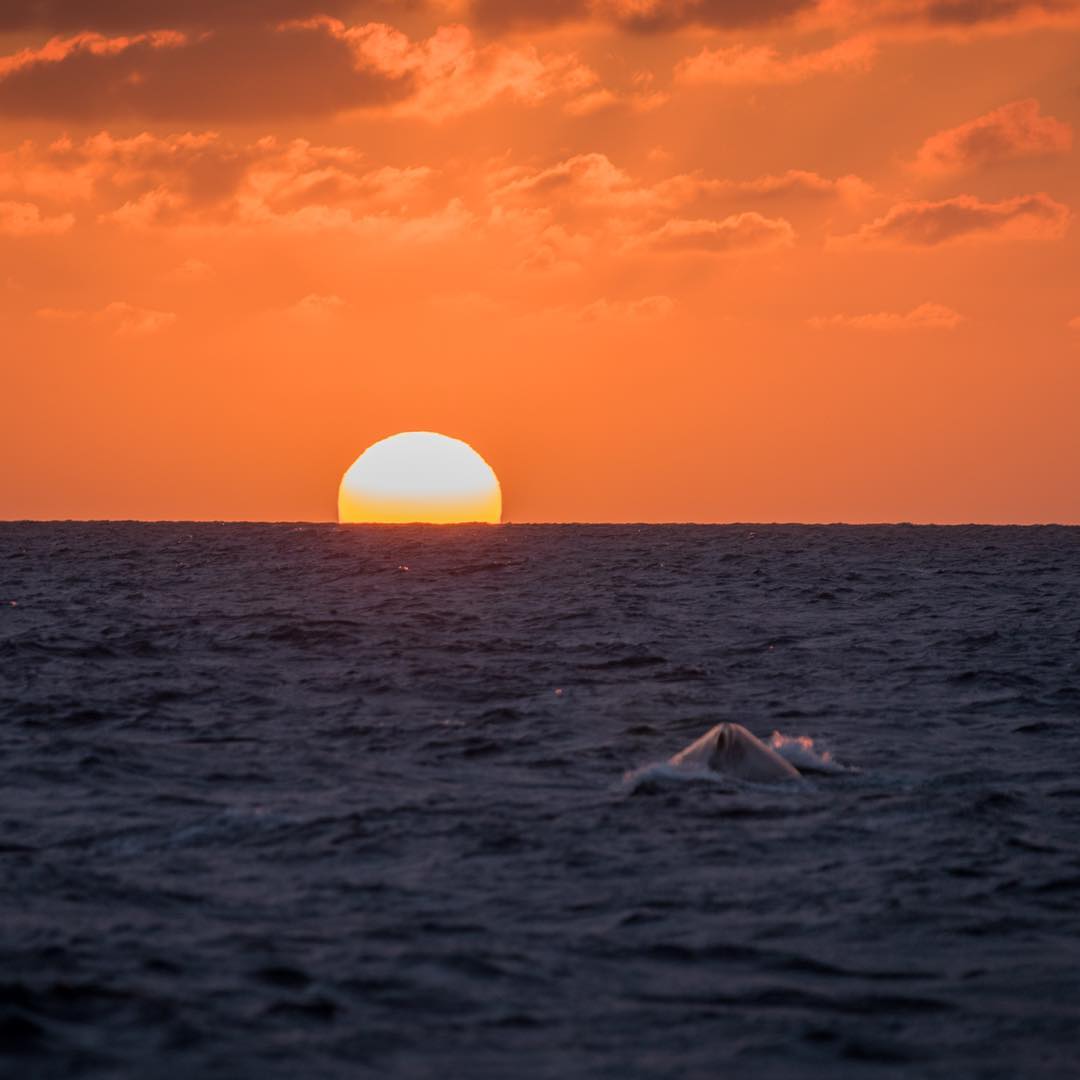
Conclusion
Whale watching in the Dominican Republic offers a unique and awe-inspiring experience that will stay with you long after you’ve returned home. Whether you choose to embark on a tour from Samaná or venture to Silver Banks for a snorkeling adventure, you’re guaranteed to witness the beauty and grace of these magnificent creatures.
Book your whale watching tour in advance, pack your essentials, and get ready for an unforgettable encounter with the giants of the sea. The Dominican Republic awaits, ready to show you the wonders of its marine world.
—
Be sure to tag us in your photos and videos @resortcaribbean, and follow our socials: Instagram, Facebook, YouTube.





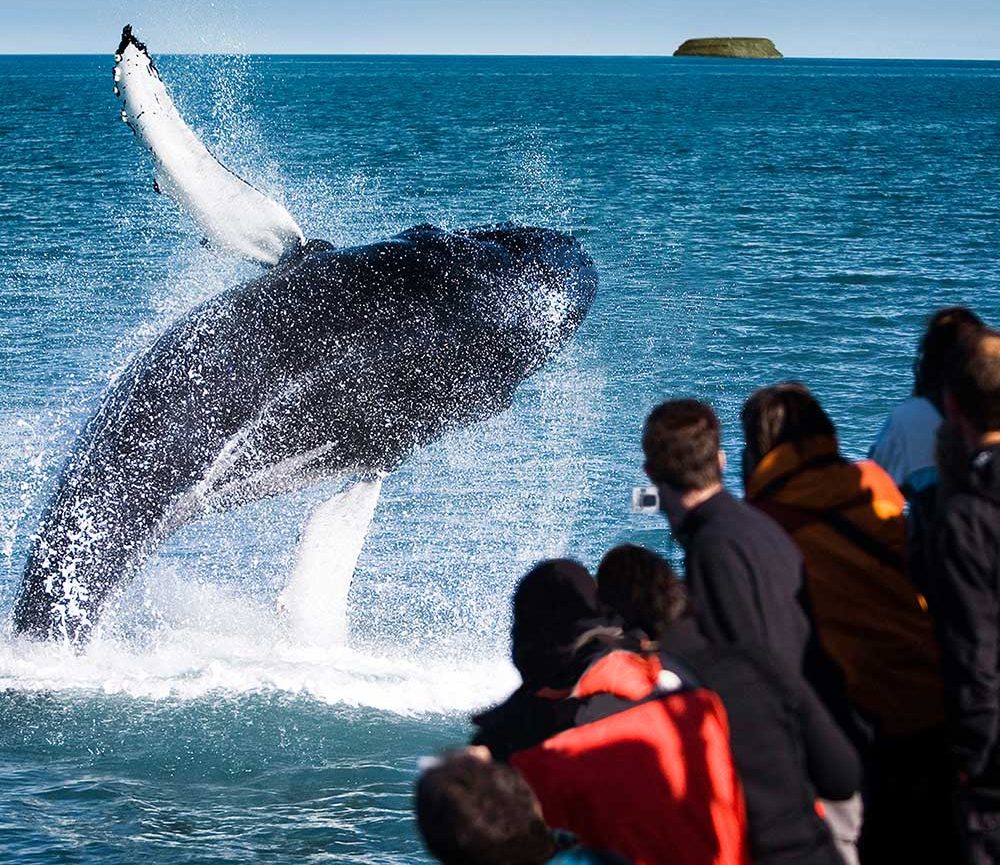
![What You Need to Know before Visiting Azul Beach Resort Negril Jamaica Gourmet All-Inclusive [Resort Review] Azul Beach Resort Pool](https://resortcaribbean.co/wp-content/uploads/2021/09/20210828_091210-2-100x70.jpg)
![Visiting Ocean Coral Spring – One of Jamaica’s Most Famous Resorts [Resort Review] Visiting Ocean Coral Spring - One of Jamaica's Most Famous Resorts](https://resortcaribbean.co/wp-content/uploads/2021/11/20211106_155809-100x70.jpg)
![What is it like Visiting Iberostar Rose Hall Beach, Iberostar Grand Rose Hall, Iberostar Selection Rose Hall Suites? [Resort Review] What is it like visiting Iberostar Rose Hall Beach, Iberostar Grand Rose Hall, Iberostar Selection Rose Hall Suites?](https://resortcaribbean.co/wp-content/uploads/2023/03/20151129_122732-100x70.jpg)
[…] Guided Tours: Joining reputable tours and excursions is a safe way to explore the Dominican Republic. You can make new friends and discover the beauty of this amazing country without the stress of […]